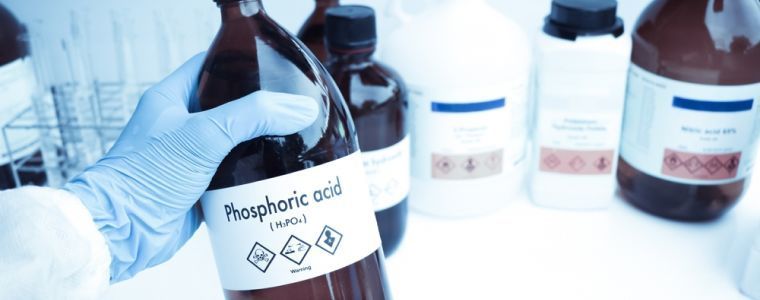What is ACTIVE CARBON?
Active Carbon (also called activated carbon or activated charcoal) is a highly porous form of carbon with a large surface area, used for adsorption, purification, and filtration purposes. It's “activated” through a process of physical or chemical treatment, which increases its adsorption capacity. This property makes it extremely useful in many industries, particularly in the chemical industry.
Properties and Characteristics of Active Carbon:
- High surface area: The porous structure provides a vast surface area (up to 1,500 m²/g) for adsorption.
- Adsorptive capabilities: It can adsorb a wide variety of compounds, including gases, liquids, and organic molecules.
- Physical and chemical stability: It remains stable in both acidic and basic environments.
- Reusability: Can be regenerated by heating or chemical processes.
Applications of Active Carbon in the Chemical Industry:
- Water treatment: Used in purification to remove contaminants such as chlorine, organic compounds, and toxins from water.
2. Gas purification: Removes impurities such as volatile organic compounds (VOCs), and toxic gases (like sulfur compounds) from industrial exhausts.
3. Catalysis: Acts as a support material for catalysts in chemical reactions.
4. Solvent recovery: Adsorbs and recovers organic solvents in industries like paint and coating manufacturing.
5. Deodorization: Used to eliminate odors by adsorbing unwanted gases and vapors.
6. Pharmaceutical applications: Used in medical settings to treat poisonings and overdoses (by adsorbing toxins in the gastrointestinal tract).
7. Food and beverage industry: For purifying ingredients (e.g., removal of color and impurities from sugar solutions).
Types of Activated Carbon (Based on Raw Materials):
1.
Wood-based Activated Carbon:
• Derived from wood sources, often used in air purification and water treatment.
• Has a high adsorption capacity for larger molecules (macropores).
2.
Coconut Shell-based Activated Carbon:
• Sourced from coconut shells, known for its high hardness and ability to adsorb smaller molecules.
• Commonly used in gas phase applications and water treatment (due to its microporosity).
3.
Coal-based Activated Carbon:
• Made from anthracite or bituminous coal.
• Suitable for water purification, air filtration, and gas-phase adsorption.
4.
Peat-based Activated Carbon:
• Derived from decomposed organic materials like peat.
• Typically used for water filtration due to its lower density and higher adsorption of organic compounds.
5.
Polymer or synthetic-based Activated Carbon:
• Produced from synthetic polymers.
• Used in specialized applications like catalysis, where controlled pore structure is critical.
Biggest Producers of Activated Carbon:
The production of activated carbon is concentrated in regions with abundant natural resources like coconut shells, coal, and wood. Some of the largest producers include:
1.
China:
• The world’s largest producer and exporter of activated carbon, especially coal-based and wood-based types.
• Has a significant capacity for producing various grades of activated carbon for industrial, water treatment, and air purification markets.
2.
India:
• A leading producer of coconut shell-based activated carbon.
• The country has a large export market, particularly in Southeast Asia and Europe, due to its high-quality activated carbon production.
3.
USA:
• A major producer of coal-based activated carbon, especially for domestic applications like air filtration and water treatment.
• The US also imports a significant amount of activated carbon from other countries.
4.
Indonesia:
• Known for producing coconut shell-based activated carbon due to its abundant coconut resources.
• Has a strong export market, supplying activated carbon to various global industries.
5. Philippines:
• Another significant producer of coconut shell-based activated carbon, primarily for water filtration and air purification applications.
These countries dominate the global activated carbon market, driven by demand from industries such as environmental protection, water treatment, pharmaceuticals, and chemical processing.
Decachem Blog Team.
















